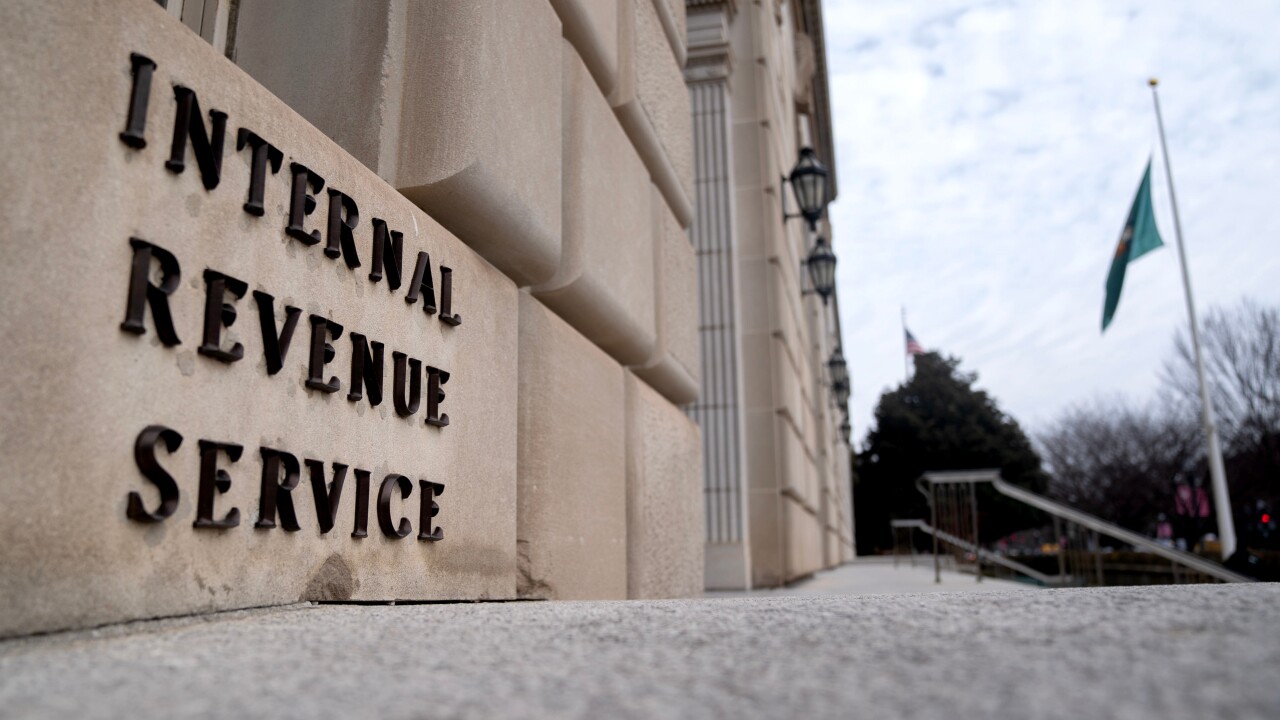Small and midsized businesses have experienced a remarkable turnaround this year as the economic recovery accelerated despite the pandemic, with both revenue and headcount on the rise at many companies.
The
The wide availability of COVID-19 vaccines has prompted states and cities across the country to allow businesses to reopen this year after lockdowns last year. However, the spread of the highly transmissible Delta variant is also raising concerns, especially in parts of the country where vaccination rates are low. The rapid pace of business reopening has led to shortages of workers, many of whom remain concerned about the risks of infection, or are juggling other issues like childcare. Nevertheless, many businesses are seeing their revenue grow sharply as consumers return through their doors.

The numbers from CBIZ’s poll in May stand in contrast to the one last quarter in February. “Whereas two out of three businesses were very concerned about a revenue decline in February, now two out of three businesses are seeing revenue growth,” said CBIZ executive vice president Phil Noftsinger. “The headcount decline in May was less than half of what it was in February, and conversely the hiring is twice in May what it was in February. At the Main Street level, we’re seeing an economic rebound and economic growth, which is consistent with everything else we’re seeing.”
More businesses are seeing improvements in the bottom line, with 52% citing significant or modest revenue growth in Q2, up from 22% in Q1. While 14% of businesses reported modest or significant growth in employee headcount in the first quarter, the number rose to 32% in the second quarter. However, more businesses are concerned about staffing shortages. While 27% saw staffing shortages as a key concern in Q1, the proportion rose to 46% in Q2.
When asked to indicate their business confidence for this year, 85% of respondents reported a positive or very positive level in Q2, up from 74% in Q1.
When businesses were asked to compare their recovery challenges six months ago against their recovery challenges today and their expectations for recovery challenges six months from now, 4% of businesses reported currently facing insurmountable challenges to the return to normal, 57% reported facing moderate challenges and 39% reported facing no challenges. Within six months, 36% anticipate moderate challenges, while 60% expect to face no challenges and operate in a “business as usual” capacity.
When businesses were asked about vaccinations, 5% of businesses have mandated vaccination for employees, and 48% of businesses surveyed said they’re encouraging their employees to get vaccinated. A small percentage of businesses said they’re offering incentives or taking extra measures like providing on-site vaccination or paid time off for employees receiving a dose. When asked about remote work, 57% of respondents said a percentage of their workforce is currently working remotely, including part time and full time. Of those 57%, 74% said they plan to keep their workforce full- or part-time remote, or a hybrid combination after the pandemic.
Accounting firms can help their business clients address these concerns. “From an accounting firm perspective, with the economy rebounding, it’s very important for firms to engage with their clients in terms of planning their way out of this as a trusted advisor,” said Noftsinger. “You’ve got what appears to be hypergrowth. Maybe those businesses have built in infrastructure that was sitting on the sidelines as we went into COVID, but I think anytime you have a period of rapid growth, you’re going to need support from trusted advisors, whether they be brokers, accountants, whatever they might be, to bring in the infrastructure you need to support that growth and tap into the demand that’s in the marketplace. There might be some need for supplemental staffing in the accounting departments in those businesses, or perhaps even some light FP&A work in the medium size businesses. There might also be an opportunity to recover some pricing that perhaps they gave up during COVID. I’m sure there were a number of firms that discounted rates to be cognizant of what their clients were going through, so this might be an opportunity to recover some of that pricing as well.”





